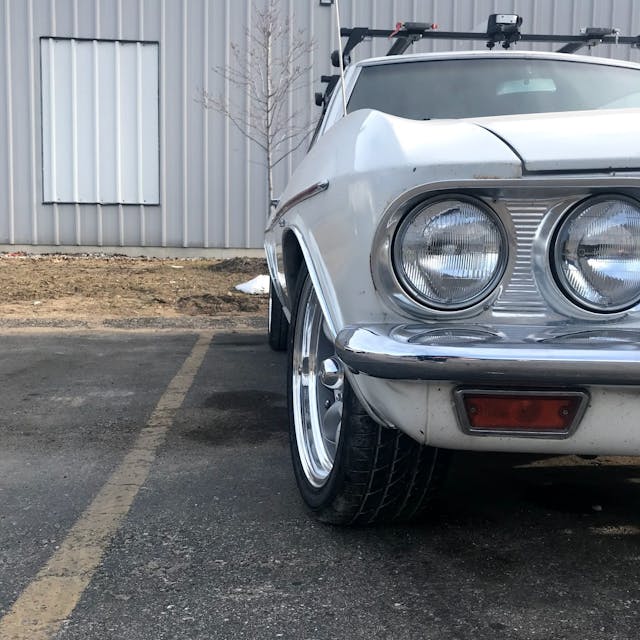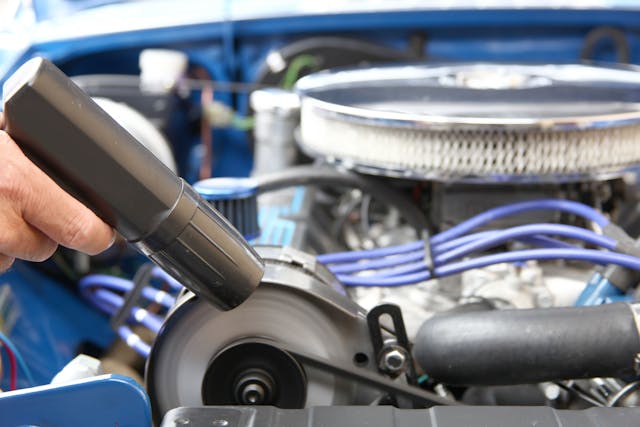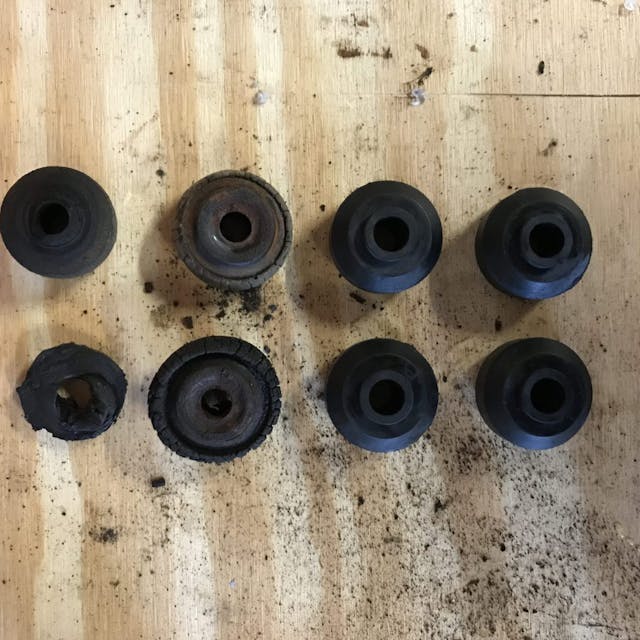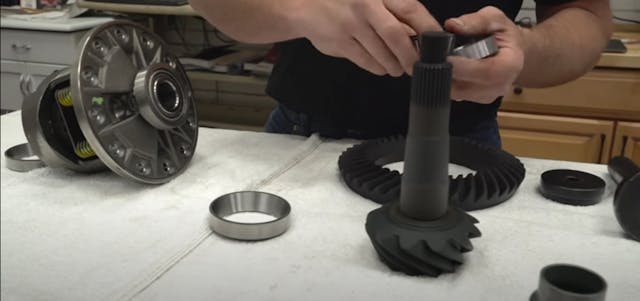Media | Articles
6 easy adjustments to change any car’s performance character
We all like to play pretend and be race-car drivers, even when we actually are race-car drivers. Adding a little more aggressive feel to your car’s handling can really enhance the experience of driving, whether you have a modern, four-cylinder boringmobile or a vintage car that you would like to elevate from stylish to focused.
Regardless of your candidate, here are six great places to start dialing up the fun factor of the driving experience. They range from pretty cheap to medium money plus large time investment. Give them a read, and you might just find your next winter project.
Alignment

Production cars balance efficiency with stability, but with a few turns of their tie rods, you can give one a more aggressive personality. Whether you’re looking for quicker turn-in or more stability at high speed, the vast majority of production cars have enough built-in adjustability to accomodate you.
Research how the three options for front-end alignment influence driving feel. (Brush up on the terminology here.) Then contact an alignment shop to get your car dialed-in to your custom specs. The nice thing about this option? The changes are easily reversed.
Ignition timing

Much of engine tuning is based on safety. Not preservation of the occupants’ lives, but the wellbeing of pistons and valves. Factory specs may be conservative, but know that if you push too far on timing it can be an expensive adventure. Proper timing can give you more power, so optimize the ignition timing for your engine modifications. This is especially easy for distributor-equipped engines, but learning to tune with a laptop is not nearly as scary as some would lead you to believe. Classes and tutorials are out there for various programs tailored to modern performance cars.
Marketplace
Buy and sell classics with confidence
Suspension bushings

Eliminating play or slop in the pivot points of your suspension will really tighten up the feel of your car. It will also dial the noise, vibration, and harshness up significantly. Fresh rubber bushings go a long way into making a tired car fresh again, and stepping up to polyurethane bushings will produce an even stiffer ride. Be careful here: You may be tempting to put poly bushings everywhere, but those may be overkill for your project or simply ill-suited to your driving habits and local roads. Every type of modification is a compromise; this is one that can be a pain to undo.
Shocks and/or springs

Minimize the body roll of your car and suddenly your car feels ready to take on Le Mans. Well, almost. Many modern cars accomodate bolt-in coilovers that allow for heaps of adjustment and tuning after the fact. For classic rides, you may have to commission custom coil or leaf springs, but the good news is that the work is often more affordable than you might fear. Combine fresh springs with a good set of shocks, and you will find yourself seeking out on-ramps and curvy roads with more confidence than ever.
Gear Ratio

We all want more power—more faster is more better, obviously—but before you flash a moon tune onto your car’s ECU, consider the simpler principle of mechanical advantage. Unless you are at the track regularly, you likely could stand to sacrifice top speed in exchange for better acceleration. Changing the final drive ratio is a prime way to achieve that and is especially straightforward on vintage stick-axle cars. Go ahead and add Positraction while you are in there for extra traction when you need it most.
Weight

Last one, easiest one. A lot of folks will be familiar with the Colin Chapman quote about simplifying and adding lightness, but they may not think about applying it to a car that’s already assembled, and by someone else. If you can tolerate additional NVH (that’s noise, vibration, and harshness in engineer-speak) you can shave pounds by removing insulation or additional fluff from your car. I removed the back seat from my Chevrolet Corvair to shed a little weight. Ounces make pounds, and fewer pounds means faster cars. You can probably keep the Sawzall in the toolbox, though.















especially with larger cars with lots of cargo space – SUVS and say, oh, i dunno, old wagons… not driving around with a a quarter ton of junk and tools etc can also do wonders to performance and handling.
When i had an old 96 roadmaster wagon, after the suspension was rebuilt and quality michelin tires were mounted on stock rims I found that not only was the off the line quickness often surprising to other drivers, but the ability to throw the old tank around curves and corners with abandon was most satisfying – and that was even without a posi rear or any modifications to the engine. Most modern sports sedans and sports cars would beat it but they really had to work for it – that always brought a smile even if ya did lose the race
We long puzzled at the inability of most old domestic car owners, less so sports car and foreign GT, to grasp the concept “weight is the enemy.” Somehow weight matters to them only in drag and race cars, nothing else, which seems a bizarre disconnect in a real gear head. Bill Lear’s “I’d sell my grandmother to lose another pound from a Lear Jet” lost on them.
But then, while Bentley was purveying their 1952-on lightened Continental, Detroit was offering standard convertibles festooned with a couple hundred pounds m o r e “sporty” styling cues, heavily leaded hoods, etc. in their Olds Fiesta, Buick Skylark, Cad Eldorado, Packard Caribbean.
Again, agree with five of Kyle’s six suggestions, not his adviso to replace longer legs with a stumpier rear axle ratio simply for quicker acceleration in a nation of 350 million whoa and goers. You can always downshift, but it’s a real drag to run out of gears.
The right tires make a huge difference in my experience.
Tinkeritis has ruined more cars than it improved. Factory engineers are pretty sharp, especially when it comes to engine and exhaust tuning tuning, torque curves and gear ratios. One of the worst things you can do to your car is install granny gears and feel like you’re in the wrong gear going down the road.
Kyle,
I see you have an OSB Chevy that you seem to have lowered. I am considering doing this to my ’90 Silverado but am concerned about the effect on my towing capacity. (I have a 14′ enclosed trailer for my Bugeye) Do you tow a trailer with your truck? Have you had any problems after lowering it? Thanks in advance.